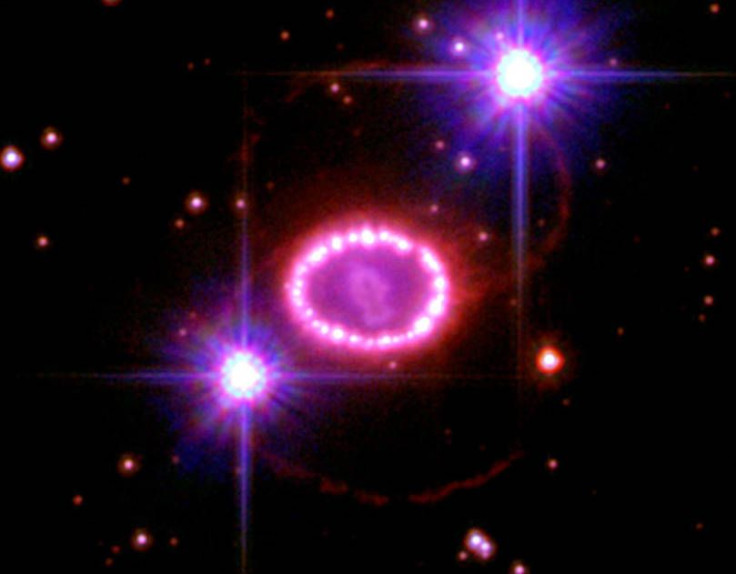Listen To A Trio Of Cosmic Bodies 'Sing' From Space [VIDEO]
KEY POINTS
- With its data sonification project, NASA is offering people a unique way of experiencing space
- Sonification takes places when data from space are assigned sounds based on how events might have taken place
- NASA then generates a piece of audio that represents how fast or slow the celestial events unfold
Hearing the cosmic bodies "sing" is an entirely new way to experience space, and this is exactly what NASA wanted people to try when the agency first introduced its data sonification project in September 2020.
On Monday, the space agency released three videos boasting the pieces of music produced by a trio of significant celestial events namely the Bullet Cluster, the Crab Nebula and the Supernova 1987A.
The Bullet Cluster, officially known as 1E 0657-56, is an important celestial milestone because it offered the world the first direct proof of the dark matter, NASA explained in a press release.
Mystery still surrounds the Bullet Cluster to this day, even with the scientists identifying its components comprising the vast majority of matter in the Universe. As for its singing, NASA stated that it produced sounds of accelerating mid-range frequencies. Listening to it is hearing music from 3.4 billion light-years away, which is the estimated location of the Bullet Cluster.
Meanwhile, the Crab Nebula first appeared in the sky in 1054 A.D., according to NASA. It is a magnetized neutron star that spins about 30 times a second. It is situated at an estimated distance of 6,000 light-years.
Lastly, the Supernova 1987A was one of the brightest explosions that happened in centuries.
Sonification happens when data from space are assigned sounds depending on how they might have unfolded at the time of their occurrence. NASA generates a piece of audio that represents how fast or how slow the celestial events unfold in space.
The space agency uses data from its Chandra X-Ray Observatory, the Spitzer Space Telescope and Hubble. The final sonification videos would then show a translation of music that begins on the left side of the image and then moves to the right.
When NASA first launched the project, its subject was the region of the Milky Way roughly 400 light-years across from Earth. The pieces of music were presented either in a solo or ensemble.
In the case of the Bullet Cluster, the Crab Nebula and the Supernova 1987A, NASA presented the music as a "cosmic triad of sound."

© Copyright IBTimes 2025. All rights reserved.





















